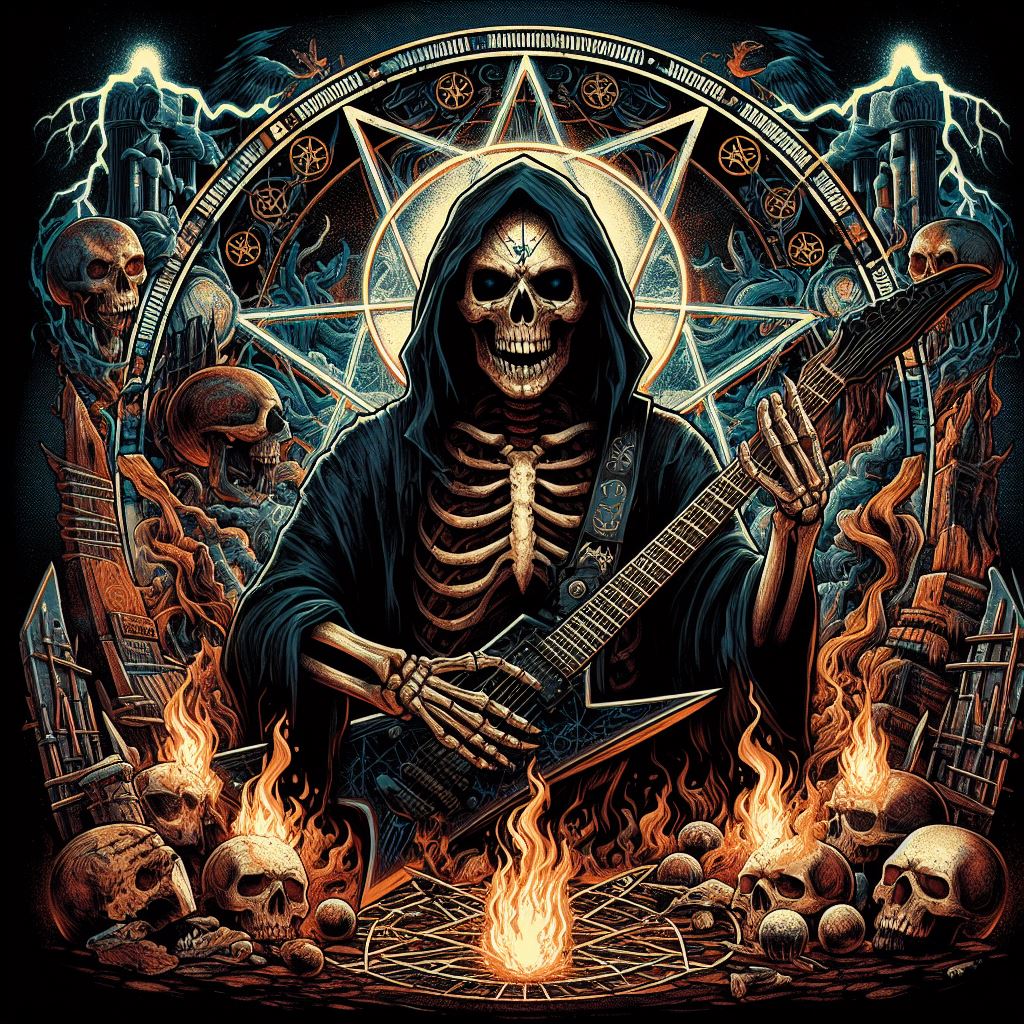Emerging from the San Francisco Bay Area in the late 1980s, Faidra offered a unique blend of progressive thrash metal that stood out amidst the scene’s established giants. Their music, characterized by complex song structures, soaring vocals, and intricate guitar work, captivated audiences with its technical prowess and introspective lyrical themes. This article delves into the intriguing yet short-lived history of Faidra, exploring their musical journey, the challenges they faced, and their enduring influence on a small but dedicated fanbase.
A Fusion of Influences: Birth of a Progressive Thrash Sound (1987-1990):
Formed in 1987 by guitarist/vocalist Manny S. Ochoa and drummer James Rivera (later known as Jamie), Faidra drew inspiration from the burgeoning Bay Area thrash scene, bands like Metallica and Slayer. However, they weren’t content with simply emulating their peers. Ochoa’s fascination with progressive rock and classical music infused their sound with a distinctive complexity.
Their 1988 debut demo, “The Myth of Sylvia,” showcased this unique blend. Tracks like “The Calling” and “The Faerie’s Light” displayed a thrash metal foundation layered with intricate guitar work, tempo changes, and soaring vocals. The lyrics, inspired by mythology and fantasy, added a touch of whimsy to their otherwise aggressive sound.
Critical Acclaim and a Promising Debut (1990-1992):
Faidra’s 1990 debut album, “Scimitar,” solidified their reputation as a band to watch. Critics praised their technical proficiency and willingness to experiment within the thrash metal framework. Tracks like “The Unmasking” and “Gates” became staples in their live set, showcasing their ability to weave intricate melodies into a relentless sonic assault.
Despite the critical acclaim, commercial success remained elusive. The thrash metal scene was becoming increasingly saturated, and Faidra’s progressive tendencies alienated some fans seeking a more straightforward sound. Additionally, the band faced internal struggles, with creative differences and the pressures of the music industry taking a toll.
A Glimpse of What Could Have Been: Dissolution and Legacy (1992-Present):
In 1992, Faidra disbanded after recording demos for a planned follow-up album. These demos, later released unofficially as “The Last Chapter,” hinted at a band continuing to evolve, incorporating elements of doom metal and even a touch of jazz fusion into their sound.
While their official discography remains limited, Faidra’s legacy endures within the underground thrash metal scene. “Scimitar” is considered a cult classic, praised for its technical brilliance and innovative approach to thrash metal. Fan communities online continue to discuss their music and lament their short-lived career.
The Enigmatic Ochoa and the Unanswered Questions:
Manny S. Ochoa, the band’s creative force, remains somewhat of an enigma. Following Faidra’s dissolution, he retreated from the music scene, leaving behind a legacy of unfulfilled potential. This shrouds Faidra’s story in a layer of mystery, further fueling the intrigue surrounding their music.
A Brief Blaze of Progressive Thrash Brilliance
Faidra may not have achieved mainstream recognition, but their impact on a small yet dedicated fanbase is undeniable. Their music serves as a testament to the creative potential within the thrash metal genre, showcasing the possibilities of blending technicality with progressive elements. While their flame burned brightly but briefly, Faidra’s legacy as a pioneering force in progressive thrash metal continues to inspire musicians and captivate listeners seeking a unique and thought-provoking sonic experience.

Leave a Reply